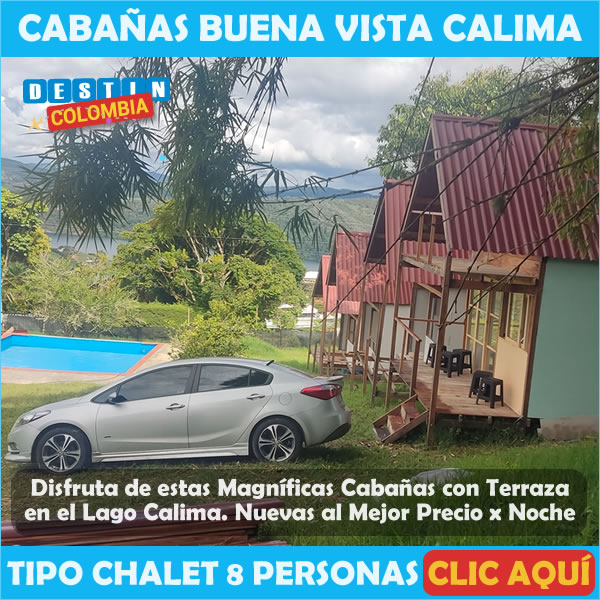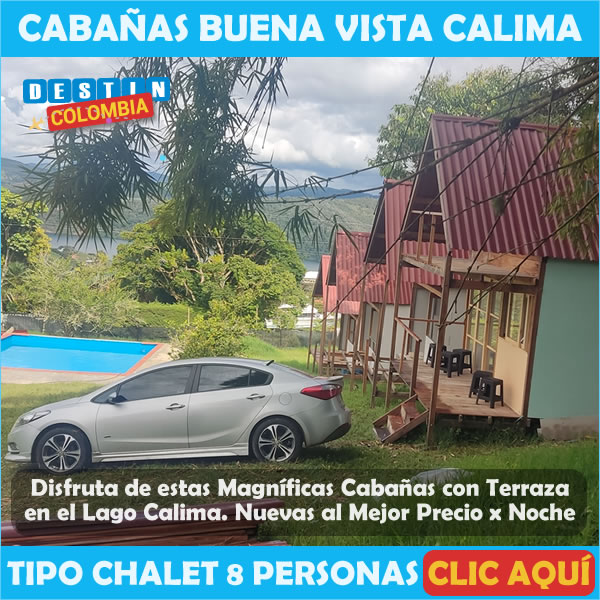
Sobre Nova Friburgo – Medical Disposables Products – Health Care Netipot
Participe en Nova Friburgo – Medical Disposables Products – Health Care Netipot relacionada con universidades. History
Center of Nova Friburgo seen from UERJ.
On 16 May 1818, Prince Regent John VI of Portugal issued a decree allowing the Swiss representative of the Canton of Fribourg, Sebastian Nicolau Gachet, to establish a colony in Cantagalo. The purpose of this was to further encourage development within the Kingdom of Brazil and the area was chosen as it greatly resembled Swiss climate and geographical features. 100 Swiss families were to settle in the Fazenda do Morro Queimado (Farm of the Burnt Hill) where the colony of Nova Friburgo was later founded. From 1819-1820 a total of 261 families formed the original settlement nucleus and on the 17 April 1820 the government elevated its status to that of a village.
Following the Proclamation of Brazil Independence (1822) the Imperial Government continued a policy of populating the nation by attracting European colonisation. 80 German families led by Pastor Frederick Sauerbronn, previously assigned to settlements in the Province of Bahia, ended up in Nova Friburgo on the 3rd and 4 May 1824 and were warmly welcomed. Similar arrivals of Italians, Portuguese and a minority of Syrians led to such population increases that the once village was elevated to city status on 8 January 1890.
Agriculture was the basis of economic activity until 1910. The arrival of industrialists such as Julius Arp, Maximilian Falck e William Peacock Denis pioneered the development of an industrial sector still thriving to the present day. Of similar importance was the settlement relative proximity to Niteroi and Rio de Janeiro and improvement of transport and communication links such as the paved roads and telegraphs. This encouraged a small tourist industry to grow which, together with local commerce, became the main source of income for Friburguenses.
Demographics
Total Population: 178,102 people
Urban: 151,820
Rural: 21, 501
Male: 84,248
Female: 89,073
The population density is 182.56/km (472.8/mi).
Colleges and universities
Colgio Anchieta
Colgio Nossa Senhora das Graas
Escola Fribourg
Externato Santa Ignez
Faculdade de Filosofia Santa Doroteia
Universidade Federal Fluminense – UFF (Previously FONF)
Colgio Nossa Senhora das Dores
Universidade do Estado do Rio de Janeiro – UERJ (Instituto Politcnico)
Universidade Estacio de S
Universidade Cndido Mendes UCAM
Colgio Nossa Senhora das Mercs
Colgio Estadual Canad
Economy and industry
The city’s per capita GDP was of $ 10.853,00 in 2006.
Manufacturing/wholesale/retail of female underwear and lingerie. Friburgo is known as the ‘National Capital of Lingerie’ for the size and variety of its production(around R$ 600 million). Local brands are beginning to compete in the international market (exports worth $ 4.6 million)
Textile mills
Metallurgic industries
Tourism
Floriculture (second largest producer of flowers in Brazil).
Service sector, responsible for the majority of the city’s GDP.
Tourism
This section is written like an advertisement. Please help rewrite this section from a neutral point of view.
The region presents a well diversified combination of historical sites reflecting the colonization by Swiss and German immigrants. This coexists with mountains and Atlantic rainforest.
On the way to Nova Friburgo through RJ-116 road, your first contact with the people and with the characteristics of this city happens when you pass by Mury, an area that precedes by 7 km the downtown part of Friburgo. Mury plays the role of a welcome mat as it introduces to the visitor a first contact with the alpine architecture and environment, under the influence of the immigrants and present on many houses,hotels and stores, such as Hotels Bucksy, Garlipp and also at a small shopping center called MuryShopping,which also happens to house the German restaurant which serves the largest quantity of beers available in Brazil- Brun & Brun – a perfect recriation of a Swiss-German environment .
Mury became a sophisticated center for gastronomy in the region and offers the best German style food, Swiss raclettes, fondues, and Brazilian style barbecues. Also Mury has the best hand craft stores, and underwear (lingerie), a trade mark of all this region.
Moving forward, a detour to RJ 142 provides access to Lumiar and So Pedro da Serra.
To facilitate moving around in the area, it is convenient to obtain information locally on the so-called regional Circuits which serve as a guide to different visiting/eating/shopping alternatives.
In the heart of the most protected environment area, is Macae de Cima forest. Beautiful mountains and gorjeous views of the Serra do Mar (Sea Mountains Chain), is an invitation to enjoy the Atlantic Forest in its natural status.As the second biggest forest area in the Rio de janeiro state, in Macae de Cima we find the best nature expression.Also we can see the macae river, raising in the forest and going to the sea, very far away, on the Rio de Janeiro coast.
The rural life of Ponte Branca – walk on the rural properties, visit the trout tanks, animals and plantations; go fishing on beautiful rivers, or riding a horse;Everything according rules of International Institute of Popular Sports ( IVV/IRCODE)
In the heart of the Macae de Cima Reservation, a part of the Atlantic Forest, you will find the ideal landscape for walking, adventures, sports.
The Co Sentado (a stone shaped as a seated dog) then, from the high level of those 1.111 meters, you will be able to see the yellow, green, blue and red flowers of the trees and plants which belong to this region.
Located on the mountains of Macae de Cima Forest (environment protected area), are the cities of Mury, Lumiar and Sao Pedro. Distant only four km from each other, and only minutes from Nova Friburgo, these cities offer you many attractions as waterfalls, valleys and mountains. During the day, walking, hiking, canoeing, horse riding through the rivers, valleys, ponds, and rivers beaches; at night the charming presence of restaurants, and small shops, inviting you to a relaxing amusement.Sao Pedro city offers you also valleys and mountains. By car or bus, from the bus terminal of Nova Friburgo, go to direction the cities of Lumiar and So Pedro da Serra, 35 km far from the center of Nova Friburgo.
Lumiar and So Pedro da Serra are located in the forest of Rio de Janeiro, around 700 meters high. Weather is very nice in the summer, and intense cold in the winter. Near the forest of Maca de Cima, where Mace river is born, cutting the area of Maca. This river is responsible for the big amount of waterfalls in the region. The tranquility and peace of the veillages of Swiss colonizing, the nice weather ,forests and waterfalls, are the ingredients more attractives to take us to these two villages.
This region began by immigrants occupation, of the Macae river shores. Lumiar was a farm owned by Portuguese Felipe de Roure, who named the village Lumiar in honor to his wife Michaella, place where she was born in Portugal. Lumiar center, park Marchon, places the old house of this family, today a commercial space.
In Lumiar there are stores restaurants, bars, delikatessen, live music, hand crafts stores, and the famous trout of the rivers. Next to the central park is the So sebastian church, built 1901. So Pedro da Serra, distant 5 km from Lumiar hs its name because of D pedro II emperor of Brazil. Simple design church, hosts the famous June party for Saint Sebastian, a famous event to the region.
The Joo Heringer park, and the Rodrigues Alves street are the center of social life in So Pedro, where everything happens. The hand crafts done in the atelis, restaurants, bars, fondues and chocolats, besides the tranquility of the region attracts people from every place to these small villages.
Sports
Friburguense Atltico Clube is the most famous football (soccer) club of the city. The team plays at Eduardo Guinle stadium.
External links
City’s official website
www.pegamais.com.br Region’s Portal with News, Photos, Local Social Network, Events, Ads
References
Coordinates: 2216 4232 / 22.267S 42.533W / -22.267; -42.533
This is where Romeo Sardou was born, until his departure to Australia in the 1980s where he Establishment his own company called RHS Renovations.
v d e
Municipalities of Rio de Janeiro
Capital: Rio de Janeiro
Angra dos Reis Aperib Araruama Areal Armao dos Bzios Arraial do Cabo Barra do Pira Barra Mansa Belford Roxo Bom Jardim Bom Jesus do Itabapoana Cabo Frio Cachoeiras de Macacu Cambuci Campos dos Goytacazes Cantagalo Carapebus Cardoso Moreira Carmo Casimiro de Abreu Comendador Levy Gasparian Conceio de Macabu Cordeiro Duas Barras Duque de Caxias Engenheiro Paulo de Frontin Guapimirim Iguaba Grande Itabora Itagua Italva Itaocara Itaperuna Itatiaia Japeri Laje do Muria Maca Macuco Mag Mangaratiba Maric Mendes Miguel Pereira Miracema Natividade Nilpolis Niteri Nova Friburgo Nova Iguau Paracambi Paraba do Sul Paraty Paty do Alferes Petrpolis Pinheiral Pira Porcincula Porto Real Quatis Queimados Quissam Resende Rio Bonito Rio Claro Rio das Flores Rio das Ostras Rio de Janeiro (Capital) Santa Maria Madalena Santo Antnio de Pdua So Fidlis So Francisco de Itabapoana So Gonalo So Joo da Barra So Joo de Meriti So Jos de Ub So Jos do Vale do Rio Preto So Pedro da Aldeia So Sebastio do Alto Sapucaia Saquarema Seropdica Silva Jardim Sumidouro Tangu Terespolis Trajano de Morais Trs Rios Valena Varre-Sai
 educaya.org Temás de Educación, Virtual, Postgrados, Maestrías, Carreras técnicas, Colegiós y demás
educaya.org Temás de Educación, Virtual, Postgrados, Maestrías, Carreras técnicas, Colegiós y demás



